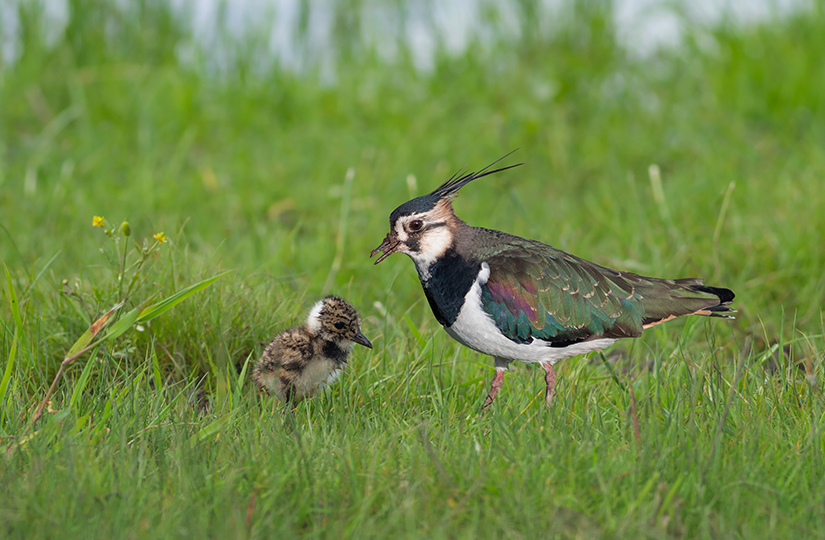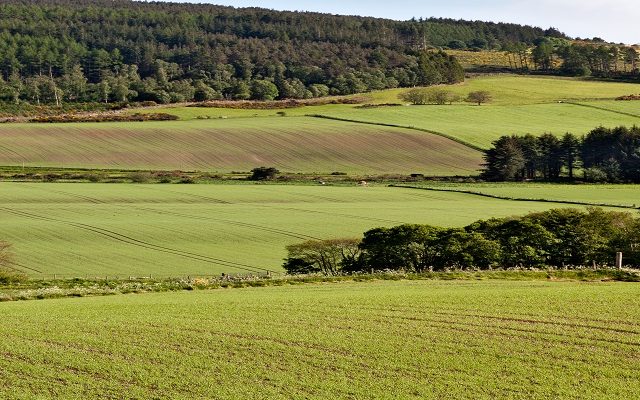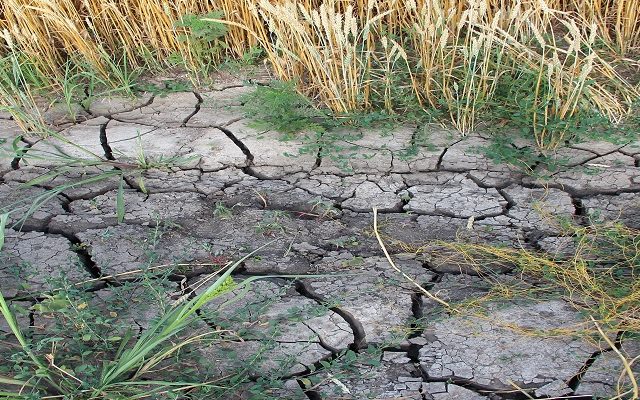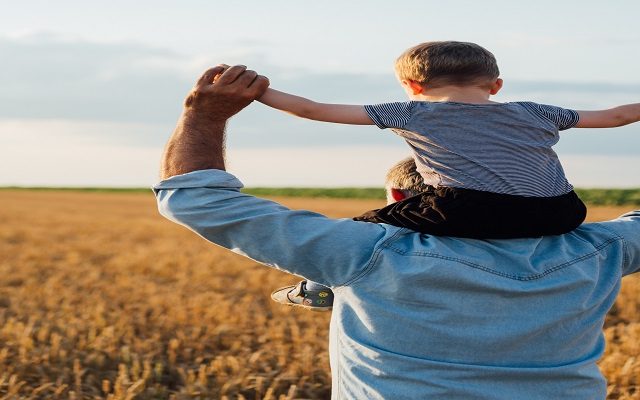Sustainable Farming Incentive pilot scheme explained
Further details of how the Sustainable Farming Incentive (SFI) scheme could work and what farmers who sign up to it will be asked to do have started to emerge.
The SFI will act as a stepping stone towards the national rollout of the Environment Land Management (ELM) scheme in 2024.
The scheme will start with a pilot in October 2021, with the aim of making it available to all Basic Payment Scheme claimants in March 2022.
Farmers will be paid for producing a range of public goods which help to improve biodiversity, tackle climate change and lead to cleaner water and air.
HOW WILL THE SFI PILOT WORK?
Defra will be inviting farmers from 15 March to submit an expression of interest in taking part in the SFI pilot. It is looking for several hundred farmers to sign up from a good mix of farms and locations in England.
Farmers who are accepted onto the pilot will be paid for the land management options that they choose, along with a pilot participation payment to reflect the time and costs associated with taking part.
WHO IS ELIGIBLE FOR THE SFI PILOT?
Applicants must be a BPS claimant who is willing to enter land parcels into the scheme that are not part of an existing agri-environment agreement.
They must have management control of the land for the duration of the pilot.
It will not be possible to enter land parcels that are on common land during the first stages of the pilot.
SFI AND MANAGEMENT OPTIONS
Farmers who are accepted onto the pilot will be asked to choose from eight standards to build their own agreements. Additional standards will be introduced as the pilot progresses.
Initially, the payment rates offered will be in line with those available under Countryside Stewardship, but as the pilot progresses the payment rates are expected to evolve.
The eight standards, along with initial payment rates, are as follows:
- arable and horticultural land standard – from £28 up to £74/ha
- arable and horticultural soils standard – from £30 up to £59/ha
- improved grassland standard – from £27 up to £97/ha
- improved grassland soils standard – from £6 up to £8/ha
- low and no input grassland standard – from £22 up to £110/ha
- hedgerow standard – from £16 up to £24 per 100 metres
- on-farm woodland standard – £49/ha
- waterbody buffering standard – from £16 up to £34 per 100 metres
Within each standard there will be three levels for farmers to choose from: introductory, intermediary and advanced, with the higher payments attached to the advanced-level actions.
For example, on the hedgerow standard farmers will receive £16 per 100m by leaving areas of hedgerow uncut each year to increase the amount of pollen, nectar and berries. But they could raise this payment to £24 per 100m by also having more frequent hedgerow trees and buffer strips alongside the hedges.
Similarly, arable farmers signing up to the arable and horticultural standard would get £28/ha for providing year-round resources for farmland birds and insects, following a nutrient management plan and minimising ammonia emissions by rapidly incorporating muck and slurry on ploughed land.
To get the higher payment of £74/ha, they would also be required to have areas of tall vegetation and scrub to provide shelter for wildlife, locate habitats for crop pest predators next to cropped areas and use precision farming equipment to apply fertilisers and manures.
Participants will be able to shape their own agreements by choosing which standards they want to apply for and on which land parcels.
Farmers can choose a different level for each standard – avoiding the need to pick a level of difficulty which applies across all standards. Where appropriate, more than one standard can be applied to the same area of land.
In some cases, additional payments will be available for certain actions in high priority areas.
In contrast to CSS, payments will be made monthly in arrears from the date agreements start. This is except for capital item payments where a farmer will be required to pay for the capital item and then claim back the money.
Defra has promised that anyone who is already in the pilot will not be unfairly disadvantaged compared to those who join later and vice versa.
None of the standards will involve paying for things that are minimum expectations required by law.
SFI PARTICIPATION PAYMENT DETAILS
It is expected that farmers who sign up to the pilot will need to allocate about 15 hours a month to give their feedback.
This will involve taking part in surveys, interviews, group meetings and workshops.
Everyone will be paid a standard participation payment, regardless of how much land is entered or the level of difficulty of the standard.
Details of the rates available for the participation payment are yet to be published.
SO IS SIGNING UP TO THE SFI PILOT A GOOD IDEA?
The SFI is set to become the core baseline element of ELMs when it is rolled out in full. In the meantime, it is being piloted as a gateway for earlier adoption next year.
However, this is all being done in parallel with the existing Countryside Stewardship Schemes which are now open for applications for 2021 and there is clearly significant scope for confusion.
Countryside Stewardship has had an enormous resurgence of interest this year and it will be interesting to see the appetite for the SFI pilots amongst farmers entering the environmental stewardship arena for the first time.
As always, careful navigation through all the available options is needed to make sure the selected schemes are the right fit for your farm.






